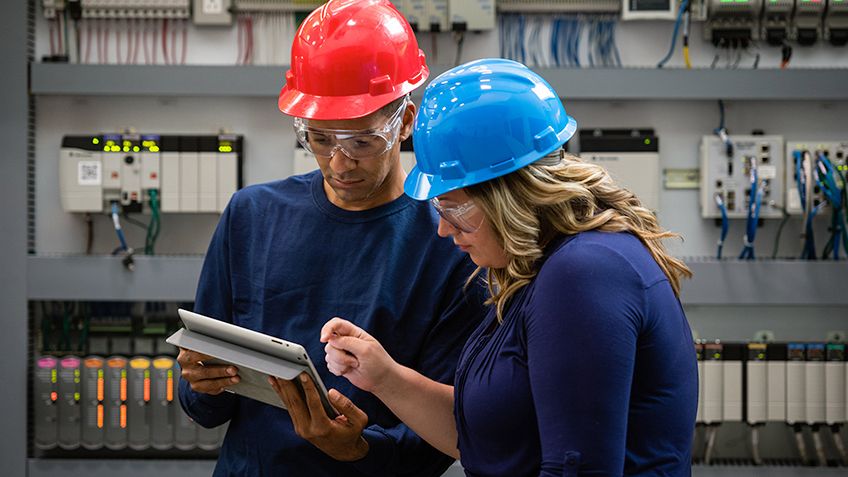What’s the Plan?
Converting a legacy control platform to a Modern DCS may be complex, and it’s not a “one size fits all” endeavor. To help mitigate risk – and spread costs over time – many companies choose a phased approach to migration. On the other hand, a “rip and replace” conversion strategy is appropriate for others.
Simply put, each modernization project is unique. And the most successful modernization projects require proper planning.
Steps that Lead to Success
So what is the best way to develop your conversion and implementation strategy? Based on experiences working with hundreds of companies, there are five best practices that lead to modernization success.
1. Early Planning. A successful modernization begins long before any detailed engineering – with an upfront, comprehensive evaluation of the legacy system. Initial objectives at the front end include aligning automation outcomes with business goals, determining the preferred options, obtaining capital funding, and finalizing the scope, cost and schedule.
Through these activities, you establish justification for the project, define it – and align all stakeholders. Keep in mind, the most cost-effective time to define the scope is at the beginning. Costs escalate considerably if basic decisions such as which areas of the plant to include or what interface to apply are revisited later.
2. Engage Experts. Chances are, you already know who to call when faced with a perplexing application challenge. It could be a system integrator or automation supplier. This same network of support can also provide critical assistance throughout your conversion process. In the end, calling on experts when needed saves both time and money.
3. Establish Standards. Establishing – and following – standards is as critical as early planning. If appropriate company standards don’t exist, they will need to be developed using internal expertise – or by calling on a system integrator or automation supplier for help.
The more thoroughly you specify and document network protocol, security requirements, I/O and HMI criteria, interface requirements and controller configuration, the easier it will be to maintain and improve your system. Take our word for it. Your company’s future employees will thank you.
4. Execution Discipline. A DCS conversion is complex. And like any extensive undertaking, it requires sound project management. Without execution discipline, any large project runs the risk of spiraling out of control.
To keep your conversion on time and on budget, be sure to follow a consistent execution strategy based on accepted industry best practices. If you do not have resources on staff, consider engaging a certified project management professional (PMP) to help guide your project.
5. Expect Innovation. Do not be content with merely duplicating the content in your old control system. Remember, 25-year-old legacy systems are unlikely to deliver the same advantages that a state-of-the-art Modern DCS can. Your migration project is an extraordinary opportunity to leverage new technologies to control your process optimally. Don’t replicate – innovate.
Planning a DCS conversion soon? Learn more about DCS migration and project implementation in this white paper.

